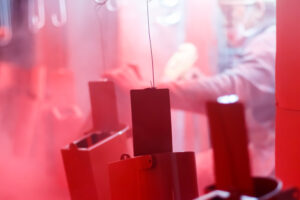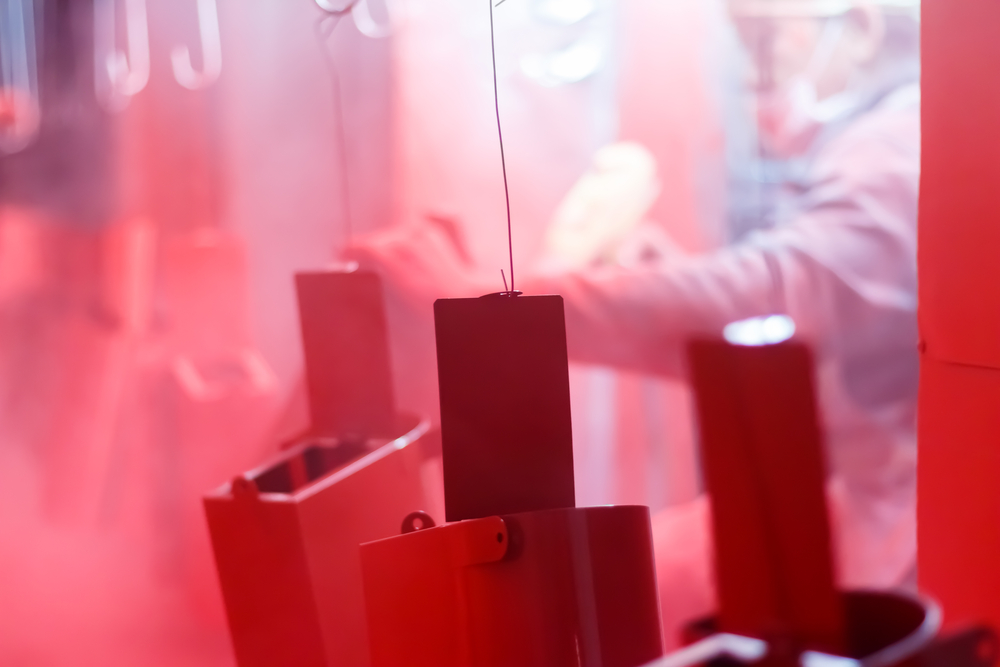 If you’re looking to finish and seal a material, you usually look for paint to help you do the job. However, for rugged materials that need to be hardy and long-lasting, you should always look into powder coatings first.
If you’re looking to finish and seal a material, you usually look for paint to help you do the job. However, for rugged materials that need to be hardy and long-lasting, you should always look into powder coatings first.
It’s true that there are many paint options that are tough and long-lasting. And there are other advantages and disadvantages that might make it difficult to decide exactly which coating is best for you. Here are some of the most important distinctions between paint and powder coating to help you make your decision:
Solvents
If you remember nothing else, this is the most important thing to know about paint versus powder coating. Paint requires a solvent in order to help it transform from liquid form (for application) to a solid form (after it dries, to ensure that it creates an effective coat.) Different solvents are used for different paints, but the truth is that most of the time, they’re harsh chemicals that aren’t great to have in your home. Solvents are the reason that we get headaches from the smell of drying paint.
Unlike paint, powdered coating material never becomes a liquid. It’s applied in powdered form, which means it never needs a solvent to transform it from liquid to solid. It just stays solid the whole time.
Eco Considerations
Because powder coatings are solvent-free, they are often used for things that require eco-conscious considerations under changes of temperature and use. For example, it can be dangerous to use certain kinds of paints on children’s toys or cribs, or perhaps on dog fences or cages, because you never know if a child or pet is going to munch on the material, or ingest chips that fall.
Powder coatings are used on industrial materials that require intense heating, as well as household products you probably use every day. For example, the internal coating of microwaves is almost always powder coating because it needs to endure extreme temperatures regularly without compromising the integrity of the coating, or the safety of edible materials.
Bonded Material
Again, because powdered coatings are applied in solid form, you have a perfectly-fitted coat that doesn’t chip away from the original material. In fact, powder coatings coat in a way very different from paint. Rather than simply covering a material, powdered coatings are bonded to the material, electrostatically applied and set in so that the coating will last just as long as the material itself.
Powder coating being bonded to the material also allows for a very welcome attribute: powder coatings are able to move with the material, holding up while the material expands and contracts instead of becoming strained and cracked through fluctuations of temperature. Powder coatings are the best option for things that need to be flexible and frequently used, like springs.

